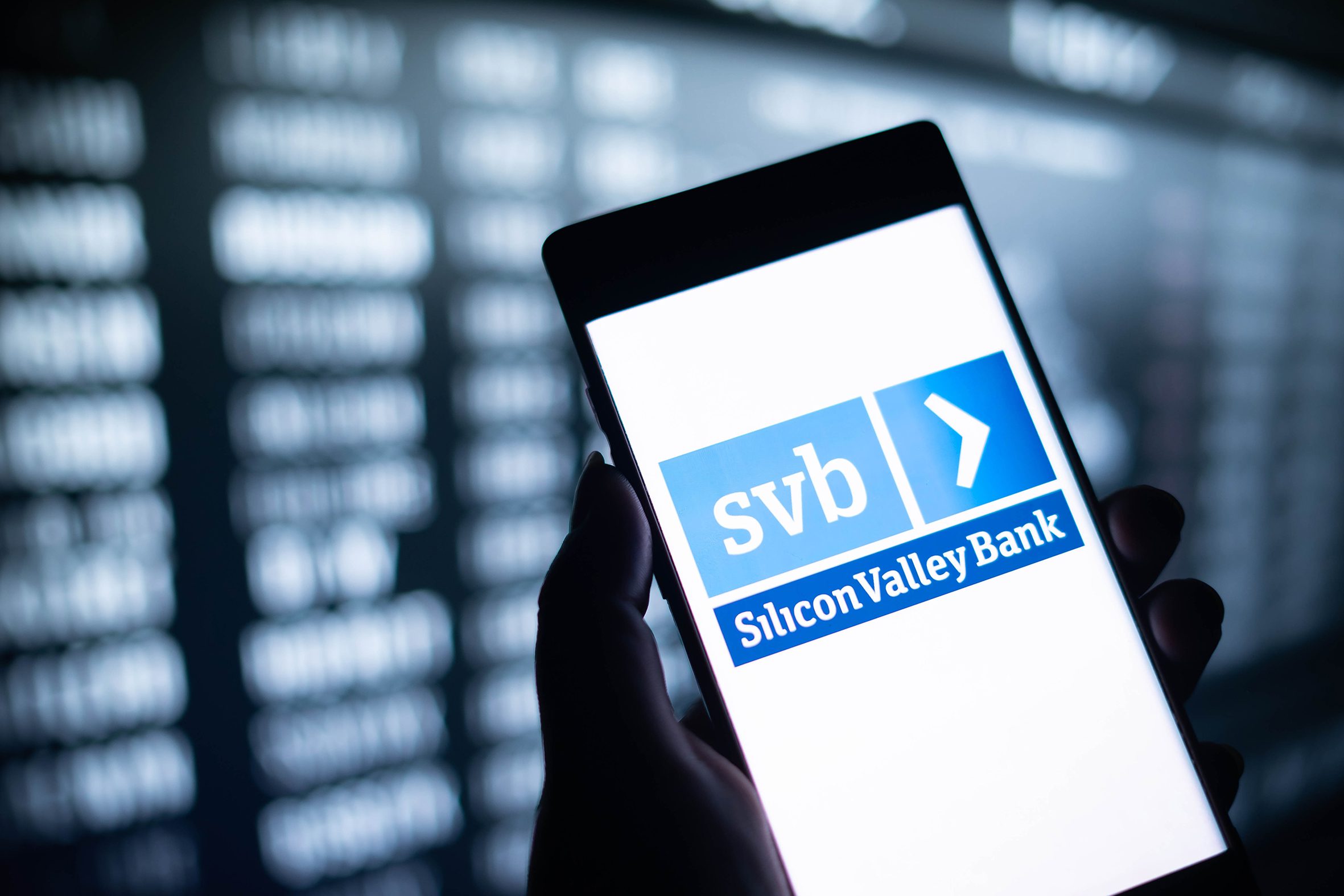
(Written on 15 March)
A frenzy of finger pointing was well underway as technology commentators took stock of the SVB collapse and what it portends for tech and climate start-ups (not to mention the wider economy)
The bank’s failure was “bad news for climate change” as Sophia Kianni tweeted in the immediate aftermath, noting that “1,500+ climate and energy-tech companies relied on the bank.” SVB funded over 60% of community solar projects in the US, and was described as a key player in the early-stage climate tech community, publishing an influential annual report on the sector.
Similarly, the UK branch of the bank was believed to serve around 3,300 firms, or between a third and a half of the UK’s “innovation economy” (said The Guardian), with deposits in excess of £7 billion, according to the FT.
SVB in the US was said to be worth more than $200 billion, serving nearly half of all venture-backed tech startups, including many in health and life sciences.
Rescue packages on either side of the Atlantic appeared to be well in hand by Monday morning, with the Biden administration approving (late on Sunday US time) a bailout seemingly sufficient to cover even uninsured (i.e., over $250k) deposits to the tune of trillions of dollars.
A 7am Monday announcement by the Bank of England brought relief to UK innovation firms and investors, with the news that HSBC was to buy SVB’s UK arm for £1, overriding an earlier decision to place the bank into insolvency.
The origin of the liquidity crisis that presaged the $42billion run on the US bank on Friday has been variously located with poor investment decisions (on the bank’s part), unhelpful actions on the part of present and past US administrations (or the country’s central bank, the Federal Reserve), and the recent instability of the crypto markets (to which the high technology startup ecosystem seems disproportionately exposed), among many other factors.
Peculiarities of the tech sector also seemed to help explain why the bank ran into problems, but also why it was uniquely valued.
“The question is, if it’s not SVB, who is it?” asked Amali de Alwis MBE, CEO of climate tech accelerator Subak, and a former MD of Microsoft for Startups UK.
“SVB was set up to fill a very specific need – there are few like them,” she said.
The large sums of money involved, and the distant horizons investors need to keep in sight when awaiting returns are part of what make the tech start-up sector unusual. But also what make it near impossible to access appropriate financing from high-street banks.
One aspect of the SVB situation that appeared to raise eyebrows with commentators in the aftermath of the collapse was the quantity of uninsured deposits, and Republican presidential candidate Vivek Ramaswamy had noted on Twitter that a “staggering” 89% of its deposits had been uninsured “(way higher than normal banks)”. He added that,“they didn’t hedge interest rate risk which is a cardinal sin given the portfolio they held.”
The number of firms with deposits above the threshold covered by insurance schemes ($250k in the US, and £85k in the UK) seemed to be sufficient in the UK for the chancellor Jeremy Hunt to have been warning of “carnage” if the government failed to find a suitable buyer (a bailout having been ruled out).
And while the HSBC deal will keep cash flowing, and ensure that tech and life sciences firms can cover their costs in the immediate term, it still leaves a lot of questions unanswered. How will the sector adapt in the future, to the loss of such a key piece of the financing puzzle?
“SVB provides banking and financial services to high-risk organisations where traditional institutions would struggle to understand and lend to them,” said Amali de Alwis. “We still have an urgent need for that.”
The bank’s business model and customer focus meant that “the way it was able to react to risk and stress was different to other banks,” she said.
“In light of the events of the past few days, it seems like there was an underestimation of what that uniqueness looked like, and how the behaviour dynamics of the innovation ecosystem functions. It doesn’t always behave in the same way as the general banking sector.
“It is both why the model of SVB is so desperately needed, but also why this happened. It’s a double-edged sword.”
As for the immediate future, she said: “We’re already seeing challenges in both the equity investment and grant landscapes. With the not-for-profit climate organisations that Subak supports to find grant funding, we’re seeing a marked increase of funders saying they need more time to evaluate fund requests because they’ve been overwhelmed with expressions of interest.
If anything, we need more climate innovation, not less, she said. But in this sector, we’re often talking about “cutting-edge, highly experimental and at times risky developments.”
“Where do climate organisations go to be understood? Who can understand the type of businesses that they’re building and the wealth of those organisations?”
Some lamented the role played by venture capitalists and others within the tech ecosystem in fomenting the panic that led to the collapse, notably Paypal founder Peter Thiel who advised associates to withdraw funds from the bank earlier in the same week, having observed that it was selling its US government bonds at the current, low rate, an indication that it was having difficulties.
Amali de Alwis commented: “The impact of herd behaviour played a significant part. Tech is a close knit ecosystem, which can be both a blessing and a curse. Without passing judgement on what was right or wrong, when the first major VCs advised their startups to pull their funds, they stopped acting to the benefit of the ecosystem and moved into self preservation. Those ripples of movement can – as in this instance – have a devastating effect.”






